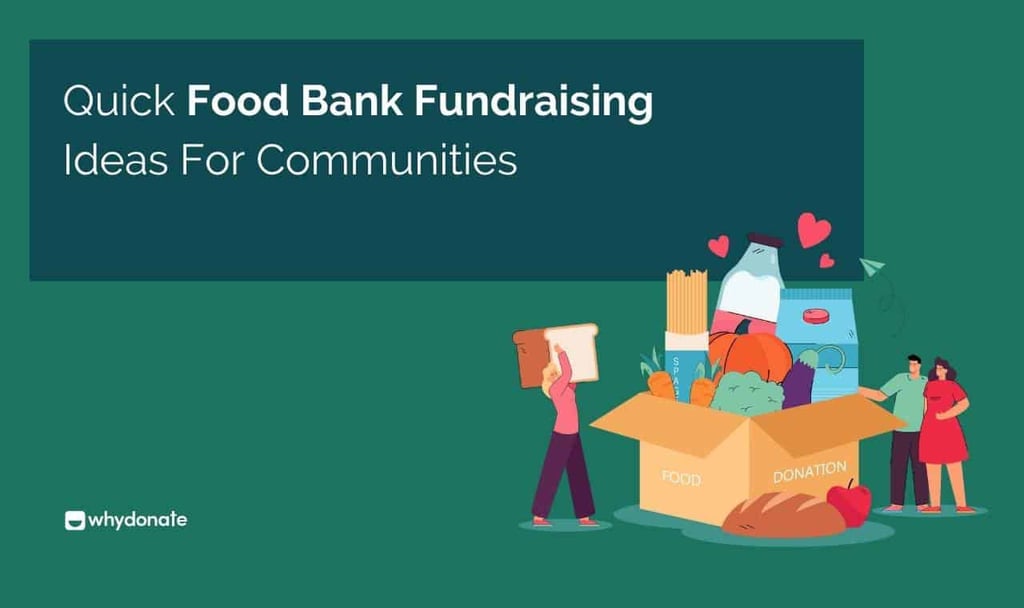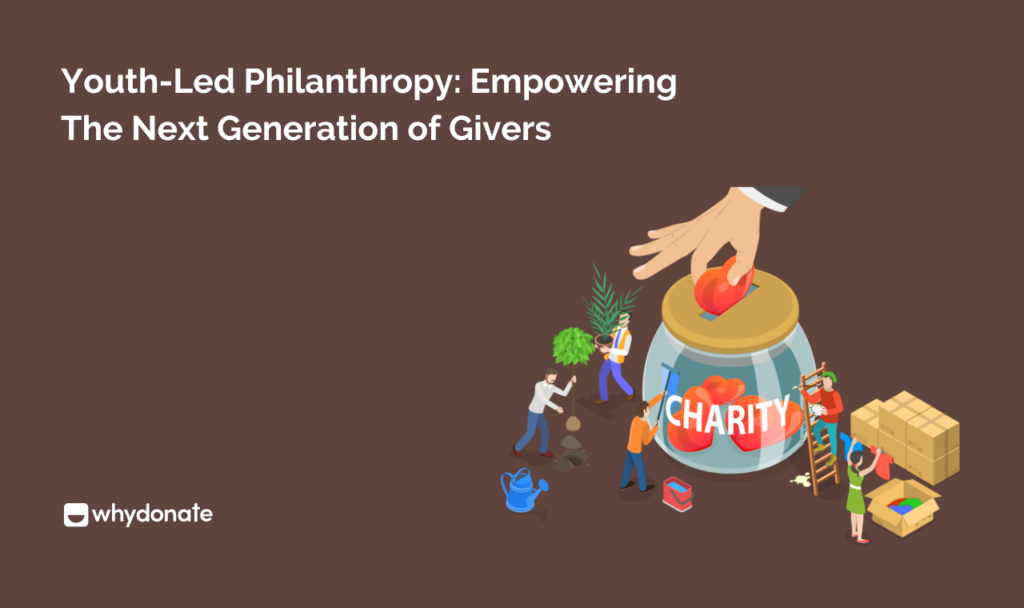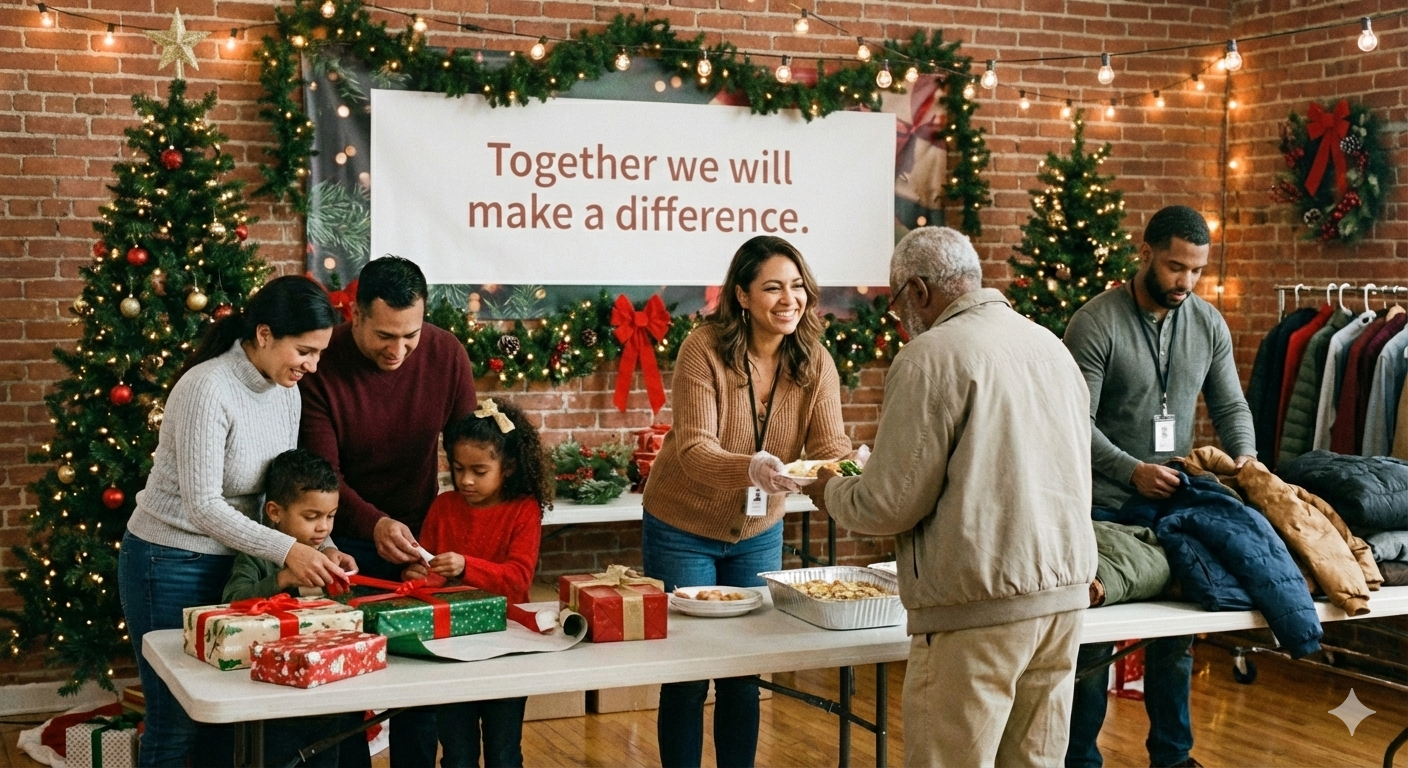Table of Contents
What Is A Food Bank?
Fundraising is a medium where people, in general, find an opportunity to participate in a certain vision and mission. Fundraising is about helping people when they need it. Similarly, food banks are organisations that gather food from different sources and distribute it to those who are hungry or unable to provide for themselves. Donors can donate food to the food banks directly, and food bank members sort and pack those foods in order to distribute the food packets among people in crisis.
- Start your own food bank fundraiser on WhyDonate and help feed those in need.
How Does Food Bank Charity Help?
There is always a requirement for food banks all throughout the year as many people suffer from hunger, and there are homeless people who seek such kind of help. But during the COVID-19 pandemic, the world stopped, and the need for food increased like never before.
Despite many social restrictions, food banks in Europe distributed a significant amount of food during the pandemic. It all happened because of the generous amount of food bank charity. Over the period of time, the way of food bank operations has evolved, beginning from physical food donations to now online donations. Now, people worldwide can simply make a donation through a food bank fundraiser online, and food banks can procure non-perishable food for distribution.

Top Food Bank Fundraising Ideas
1. Ask Organizations
Often, corporations do charity activities to maintain their corporate social responsibilities. Big organizations tend to keep a budget aside for such kinds of fundraising work. Many times they simply organise food bank fundraising gatherings and raise money for charity in order to donate to foodbanks a sum amount. At other times, they donate food to food banks that directly distribute to people who are in need. Also, community food pantries provide the necessary food items, including packed food, ready-made food, and groceries, to people who are in need.
2. Food Drives
Food drives are one of the go-to food bank fundraising ideas that can pile up lots of donations in no time. You can ask your local community, school, or church to organize a food drive on your behalf and gather necessities for food banks. People can donate whatever food they can depending on their capacities which not only can raise awareness of a certain cause but also strengthen a sense of community relationship among the people. Ven virtual food drives have become very popular and work wonders, too.
3. Get Help From Supermarkets
Supermarkets are one of the best mediums when it comes to food bank fundraising ideas. Most supermarkets have provisions for collection points as corporate social responsibility and allow customers to donate the items they prefer to food banks. Supermarkets also donate packaged food items to food bank fundraisers in many parts of the world instead of discarding them. These activities from supermarkets spike up during holidays due to the charitable environment, such as Christmas or GivingTuesdays.
4. Tie Up With Restaurants
This food bank fundraising idea is kind of a giveaway as it was evident that restaurants procure fresh materials every day and often get leftovers. Instead of holding on to the leftovers or throwing them, they can simply donate those foods to food bank fundraisers so that many empty stomachs can be filled without any hassle. Food banks can partner with local restaurants and get sufficient food by the end of the day almost every day throughout the year. Restaurants can also ask their customers if they would like to donate any amount to the foodbanks for additional supplies as well.
- Support smart, innovative food bank ideas—donate today.
5. Donation From Farmers
Who can understand the value of a single grain more than who produces it? It takes so much effort to grow just a single grain of rice for a farmer, and it should never be wasted at any cost. Food banks can approach farmers to donate some of their produce to food banks to contribute to their food bank fundraiser. As a thank-you, people can simply spend some time with the farmers at their farms, lending them a hand during harvests. It can benefit both ways as farmers can get some help and volunteers learn a thing or two about agriculture.

6. Classroom Donations
It is vital to make students learn about charity. Young minds should understand some of the reality of the world and how they can be kind enough to help each other out in society. Schools and colleges can organize food bank fundraising events where students can understand the value of food and how food wastage affects others on a mass level. Students at food bank fundraisers can either donate some small amount to food banks, or they can donate canned or packaged food items to foodbanks. Even a small apple counts as a sweet gesture.
7. Drive-Through Food Bank Charity
While drive-throughs are very popular for fast-food chains, they can also be used for charitable activities. There can be little booths set up where people can donate either in terms of cash or food while on the go. Allow people to donate not only ready-made foods but also groceries and supplies that can be used later in the kitchens at the food banks. The best part about drive-through food bank fundraising booths is that they can be set up in multiple places and add donations to their fundraiser on a daily basis.

8. Host Charity Bake Sales
Bake sales are one of the most innovative food bank ideas that are both fun and effective. Community members can come together to bake goods and sell them in schools, offices, parks, or local events. The proceeds can be donated directly to food banks. These events not only collect funds but also raise awareness to help needy people and support essential food fundraising ideas.
9. Virtual Cooking Classes
Leverage the internet by hosting online cooking classes with professional chefs or talented home cooks. Participants can pay a registration fee, which is then directed to food bank fundraising efforts. This creative activity adds value to donors while generating donations. It is one of the innovative food bank ideas that also serves as an awareness campaign to help needy people and reduce food waste.
10. Themed Community Potluck
Another great fundraiser is scheduled a themed potluck dinner where everyone brings a dish along with a small donation. These events can be scheduled in parks, other venues or even virtually. There could be an option to donate the collected funds to food banks, which both raises money while bringing people together as a community for a more meaningful cause.
How To Donate To A Food Bank Fundraiser?
When it comes to donations, crowdfunding has some perks on its own. In order to donate to a food bank fundraiser, you don’t have to move from your couch, yet you can still be a part of the food bank community and help a group of hungry people. Food bank fundraising has become easy because of the rise of many fundraising platforms. Through WhyDonate, you can create a food bank fundraiser and raise money for a local food bank. Or you can donate to a food bank fundraiser that is currently running. Through WhyDonate, you can simply start a fundraiser for free and make a difference on the other side of the world.
- Got a food fundraising idea? Bring it to life with WhyDonate.
FAQs (Frequently Asked Questions)
Q: Who does Foodbank help?
A: Foodbanks work on a referral system, where local professionals such as doctors, social workers, and school staff identify those in crisis and provide them with vouchers to access emergency food supplies. These food parcels typically contain nutritionally balanced, non-perishable items to help people through short-term emergencies.
Q: What does food bank do?
A: Food banks usually receive food donations from individuals, supermarkets, local businesses, and community drives. These items are sorted, packaged, and then distributed either directly to people or through a network of partner organizations like food pantries, shelters, and community centers.
Q: Is Foodbank a good charity?
A: Yes, Foodbank is considered a good charity by many because it directly addresses food insecurity and helps vulnerable individuals and families during times of crisis. Here are a few reasons why Foodbank is often seen as a trustworthy and impactful charity:
- Essential Support: Foodbanks provide emergency food and basic supplies to people in need, helping them get through tough periods caused by job loss, illness, or other life challenges.
- Community Impact: They work closely with local organizations, schools, and healthcare providers to reach those most in need, making their efforts community-driven and well-targeted.
- Transparency and Accountability: Reputable foodbank organizations are often transparent about how donations are used and regularly report on their impact, which builds trust with donors and volunteers.
- Volunteer-Driven: Many foodbanks rely on volunteers, which keeps overhead costs low and ensures that a large portion of donations go directly to helping people.
- Beyond Food: Some foodbanks also offer additional support like advice, referrals, and programs to help people get back on their feet long-term.

















